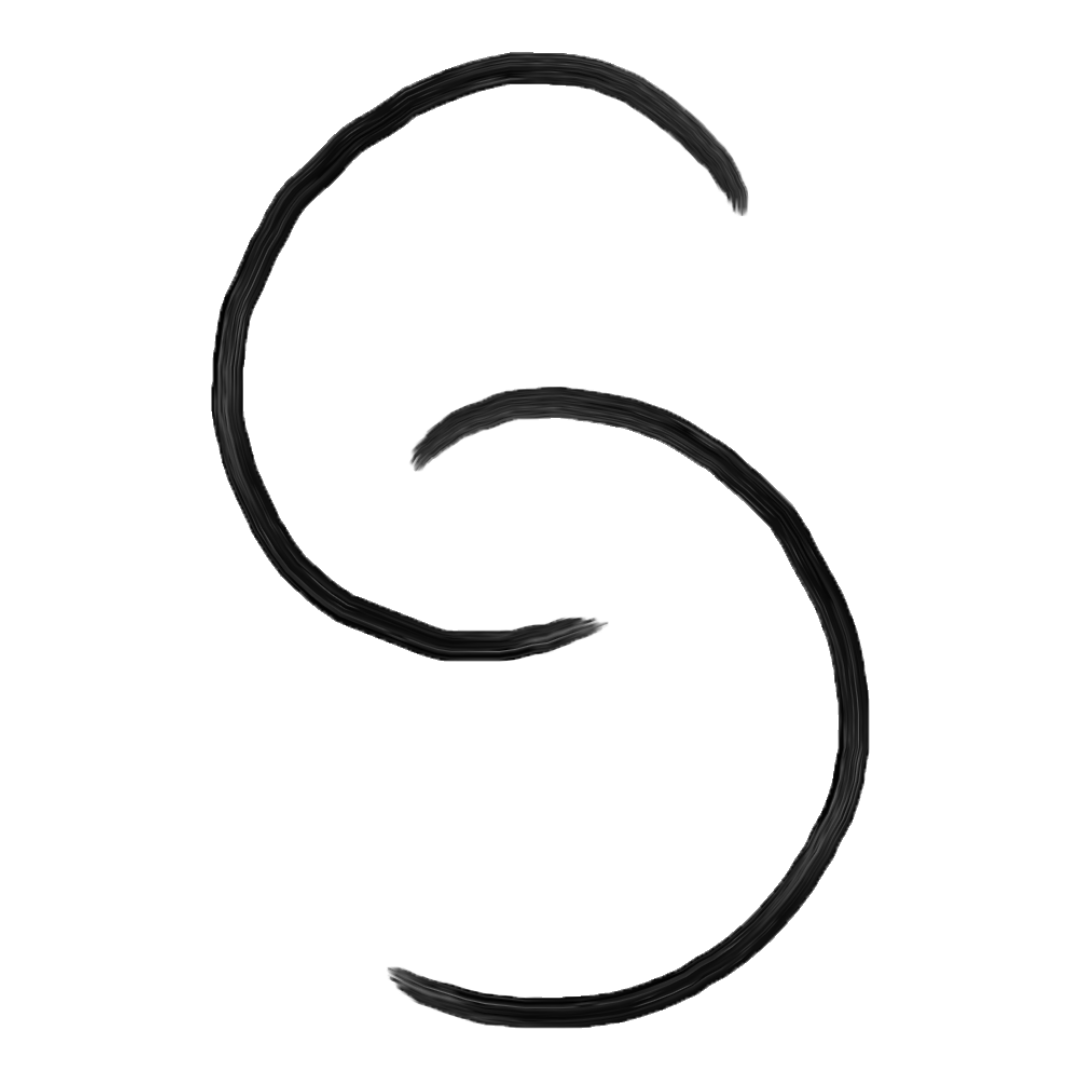Menstruation
No, it’s not “just that time of the month.” While some find it easy to embrace the sacred cycle, others dread the monthly nightmare. No jokes should be made about menstruation. Period! Bad puns aside, let’s explore menstruation:
What is it?
Every month during fertile years, those with ovaries experience the natural biological process of menstruation. According to the Office on Women's Health, “When you menstruate, your body discards the monthly buildup of the lining of your uterus (womb). Menstrual blood and tissue flow from your uterus through the small opening in your cervix and pass out of your body through your vagina.”
Physical symptoms often accompany the later phases of the cycle, such as premenstrual syndrome (PMS). The Society of Obstetricians and Gynaecologists of Canada (SOGC) explains in their section Your Period that “It is normal to experience some degree of discomfort in the days leading up to your period and for the first day or two of bleeding, although some fortunate women have no discomfort. For most women, these symptoms, while annoying, are easily managed and do not interfere with day-to-day living.”
What's the point?
In a nutshell: Evolution.
“Each month, the uterus prepares a thick and luxurious lining in preparation for the arrival of a fertilized egg–an embryo that will develop into a fetus and after nine months, a full-term baby. If no embryo arrives, there will be no pregnancy and menstruation sheds the thickened lining.”
— Dyani Lewis, Sexual health researcher for The Conversation
Primarily, periods are associated with reproduction. Back in the 90s, some proclaimed that menstruation evolved as a mechanism to protect the body from infection after intercourse that could be caused by sperm, which were considered “vectors of disease,” mentions Margie Profet, a self-taught Evolutionary Biologist, in a study where she proposes that menstruation is a defense against pathogens transported by sperm. Other studies, like Menstruation: a nonadaptive consequence of uterine evolution, points out that “in the last decade two new hypotheses have been advanced. The first suggests that menstruation evolved to cleanse the uterus of pathogens introduced by sperm, and the second argues that the function of endometrial regression is to save energy by getting rid of tissue. Both these suggestions may be questioned on the grounds that they do not take into account the physiology of the reproductive processes involved.”
Even though it seems these hypotheses might be inaccurate, menstruation does have a purpose: it plays a big role in pregnancy and in overall health. It’s important to note, as Planned Parenthood clarifies, “Not everybody who gets a period identifies as a girl or woman. Transgender men and genderqueer people who have uteruses, vaginas, fallopian tubes, and ovaries also get their periods.”
The cycle:
Menstrual cycles have 4 stages, as follows (based on an average 28-day cycle):
🩸 The menses phase (days 1 to around 5): this is the time when a thin layer of tissue attached to the uterus, the lining of the uterus (what would later become the placenta), is expelled through the vagina; it’s PERIOD time.
🩸 Follicular phase (around days 6 to 14): the body starts to prepare again for a potential pregnancy. The lining of the uterus becomes thicker and follicles (future eggs) in the ovaries start to grow. Typically, only one of them will fully mature and become an egg!
🩸 Ovulation phase (around day 14): An ovary releases a mature egg. The egg travels down the fallopian tube toward the uterus to be fertilized by sperm. Given sperm and egg survival ranges, one can only get pregnant within 5 days before and 1 day after ovulation occurring.
🩸 Luteal phase (around days 14 to 28): The change in hormones keeps the uterine lining thick and ready for a fertilized egg to implant. If one does get pregnant, the body will produce Human Chorionic Gonadotropin (hCG). This is the hormone pregnancy tests detect.
If one doesn’t get pregnant, the levels of estrogen and progesterone decrease, the uterine lining starts to shed, and it’s PERIOD time...again!
(If a person’s cycle is longer or shorter, the time frames listed here might be different).
“The length of the menstrual cycle varies from woman to woman, but the average is to have periods every 28 days. Regular cycles that are longer or shorter than this, from 21 to 40 days, are normal.”
Tracking is important:
Humans that menstruate may have regular periods, meaning they follow a consistent pattern. When this is the case, being in tune with the timing of this cycle can help a person plan more specifically for sexual behavior that either avoids or achieves pregnancy...
Many individuals, though, have irregular cycles. Irregular menstruation can often serve as a 'canary in the coal mine,’ indicating other health issues, so recording the nuances of one's ebb and flow can be beneficial, in some instances, aiding a healthcare practitioner in finding a suitable practice or treatment. Several free apps, like Period Tracker, Flo Period and My Calendar make tracking one’s cycle easy and convenient. Of course, a simple period notebook works great, too!
Be Calm and Bleed On!
When you join our Patreon community, you get access to TONS more of My Sex Bio’s content every month, as well as awesome perks to help you own your sexual biography...for less than the price of a cup of coffee!
Stop reading this and go to the link above ☝️

